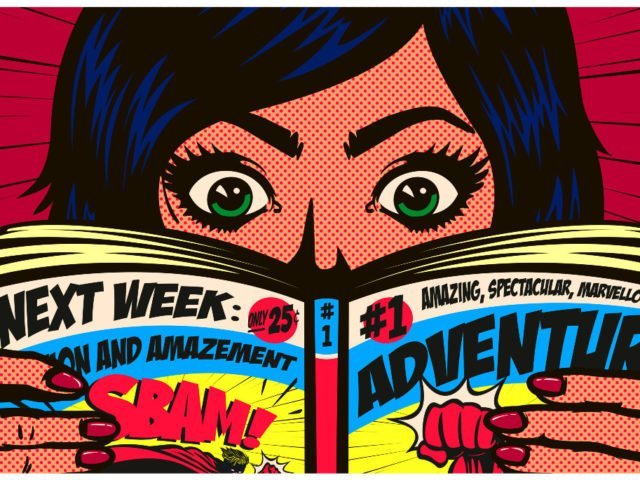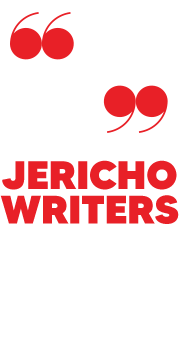Writing a graphic novel looks fun, right? Right. And it’s a lot easier than writing traditional novels, right? Wrong.
Graphic novels hold a special place in the hearts of many writers, and it stands to reason that many are inspired to write their own as adults. They hold a kind of magic.
Think back to when you were a child, cracking open your first graphic novel from your school’s book fair or from the library. Perhaps you learned to read from it. At the time, it never really occurred to you that the graphic novel you held in your small hands had a creative team behind it, usually a writer, artist, colourist, letterer and editor. As far as you knew, your favourite graphic book sprung up fully formed from the ether.
Now, we know better.
Creating a graphic novel is a collaborative process. They have teams behind them, and among the most important of that team is the writer.
Perhaps you have a visual sense and a strong imagination, but little artistic ability, yet you’d still like to try your hand at writing a graphic novel yourself.
Then you’re in the “write” place! (Dad joke.)
In this article, you will learn what a graphic novel is, what the key elements or building blocks of one are, how to create a graphic novel, discover some of my favourite graphic novels (ie the best examples in the entire comics industry), and read some final tips and tricks to help you improve your graphic novel projects and comic strips.
Firstly, let’s look at what a graphic novel is.
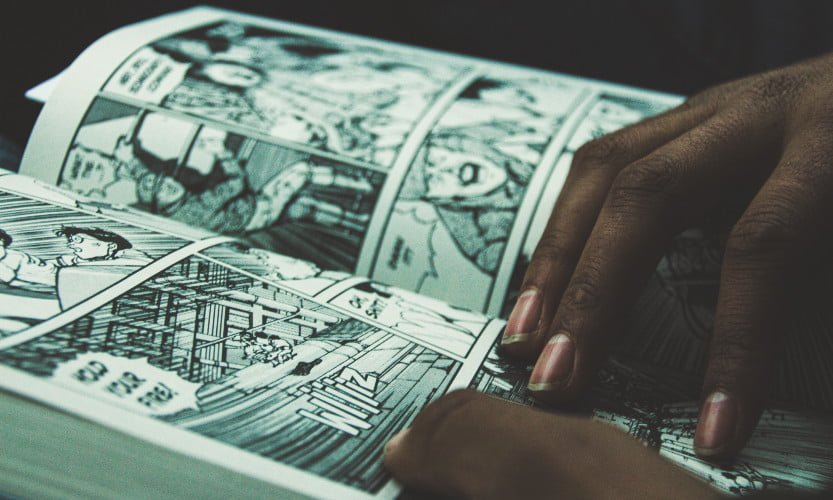
What Is A Graphic Novel?
Before we get into the nuts and bolts, let me define what exactly I think a graphic novel is.
Don’t worry, I’m not going to quote Webster’s. There are some that differentiate a graphic novel as an original, squarebound or hardbound story in comic book form, from a trade paperback or collected edition, which is a reprinted edition of several comic books packaged together.
To me, though, if a comic or illustrated story is in book form rather than floppy form, and contains mainly sequential art, it’s a graphic novel.
A graphic novel as a longer-format comic book is not a genre, or type of story, but rather a medium, or a vessel for telling stories in sequential art form. Within that form, there are numerous types of stories that can be told inside a graphic novel.
When many people think of graphic novels they instantly imagine that a) they’re all for children, and that b) they are all superhero stories. That isn’t the case at all.
Like all types of books, graphic novels permit a writer to tell any type of story – the difference being that the complex characters and compelling storyline are expressed not just in words, but in pictures too.
So what types of graphic novels are out there?
Types Of Graphic Novels
Most of the industry divides graphic novels into three age groups:
- Middle grade (ages 8 to 12)
- Young adult (ages 12 to 18)
- Adult (18+).
Within those age groups, you can further subdivide by genre:
Nonfiction:
- Biography
- Autobiography
- History
- True crime
- How-to
Fiction:
- Slice of everyday life
- Romance
- YA (ie teen stories)
- Superhero
- Science fiction and fantasy
- Horror
- Mystery and suspense
- Erotica
- Adventure
In short, whatever stories you can find in a book you can find in a graphic novel – the only difference is, like a comic book, a graphic novel story will be accompanied by illustrations.
So what other types of illustrated stories can you find? The other two forms of illustrated stories are manga and comic books. Let’s look at them in more detail.
What Is Manga?
Manga, the Japanese word for comics, are graphic novels that originate in Japan and can fall under any of these genres just like Western graphic novels. Similarly, graphic novels that originate from South Korea are called manhwa, and so on.
How Do Comic Books Differ To Graphic Novels?
Although the graphic novel format is somewhat similar to that of manga comics, and they both involve comic book artists and a similar writing process, the main difference is that graphic novels are book length stories.
And, although manga, comics and graphic novels all use pictures to narrate a story, comics are usually serialised narratives that are published regularly (sometimes as part of a collection of other stories). The key characteristic of a graphic novel, on the other hand, is that it contains an entire story and reads like a full-length book. They are usually bound like a book too, and not floppy like a magazine.
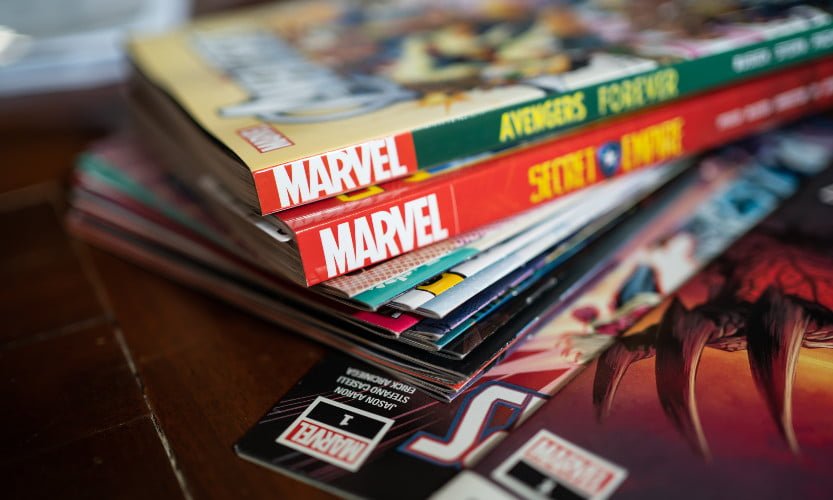
What Are The Key Elements Of A Graphic Novel?
We’ve established what a graphic novel is (and how it differs from comic books, manga and other types of magazines and picture books).
So what elements are contained within the vast majority of graphic novels?
- Art and illustrations are drawn sequentially in order to tell a narrative story.
- Word balloons, which are round dialogue bubbles with tails that denote who is speaking and contain lettering. These balloons may look like a cloud to represent a thought or be jagged to represent shouting.
- Captions, or square boxes with lettering that describe a scene or provide internal monologue.
- Sound effects, or large stylised lettering that represents a written sound, or onomatopoeia.
But writing a graphic novel involves more than simply creating a graphic storyboard and filling in the blanks. Creative writing plays a vital role in telling a good story, with writers developing characters and plots before the illustrations are drawn.
Although the illustrators bring the stories to life, it’s the writers who brief the artists on character descriptions, and character development, they imagine the detailed backstories and build the world that the artist will eventually interpret. They also need to think about narrative that moves the story forward without using too many words (the less space you use up on the page with words, the better).
That’s a lot of collaboration and a lot of people working on one story idea. So, where do you start?
Here’s how writing a graphic novel as part of a creative team allows you to assemble all those pieces into a cohesive whole.
How To Create A Graphic Novel
All graphic novels, like everything in life, begin with an idea.
Your graphic story is about telling your readers something, usually in a standard storytelling three act structure (beginning, middle and end).
- Your characters and your world are introduced
- The characters want something
- Roadblocks are placed in their way
- They succeed or don’t succeed by the end
- They are changed by their personal journeys
A great story arc, inner conflict, good narrative, detailed world…all these things are important, as they would be in text based novels, the difference is you have to make that story fit into a comic book script format.
A Comic Book Script
Graphic novels are written in a method similar to, but distinct, from a screenplay. This is called a comic book script. Writers plot their stories via narration boxes.
There are numerous approaches to creating a comic book script. The comic book writer Fred Van Lente has the gold standard on his website available as a downloadable template; many of the best writers in the industry have followed or adapted this template for their own use.
A script goes page by page and describes for the artist, colourist and letterer exactly what is happening in order.
Scripts can be written in full-script form, which is broken down by panel with all captions and dialogue and is as specific as possible without doing the artist’s job for them.
Scripts can also be done plot-first, or “Marvel style,” which was common in the 1960s through the 1980s and is much less common today, though still in use. In this approach, a few paragraphs of plot are written out, with or without dialogue. The artist interprets this plot into a full-length story, and then the writer goes back and adds the dialogue.
Whichever approach is taken, after the art comes back, often a writer will rewrite the dialogue depending on how much space the artist has provided in the panels. Also, during the drawing process, the artist will sometimes add or delete panels from the script for better narrative flow, and rewriting dialogue to fit this new layout is key.
Sometimes, a writer will provide panel layouts for the artist, which refers to the order and size of panels within a page. The Thumb Book is a great method for sketching out specific layouts for an artist to follow.
The Creative Team
Other than writing a script, you’ll need to find additional members of your creative team in order to complete the graphic novel.
Don’t cut corners! Each member of the team is important and should be professional and treated so. As a writer, you are likely the originator of the graphic novel’s concept and may handle business affairs associated with it; however, it is best practice to be legal co-creators of the work with the artist, as the visual interpretation is just as important as the writing.
Publishing
When seeking a publisher for a graphic novel, it’s not necessary that the entire graphic novel be completed upfront.
Instead, the creators will put together a submission package, which can include a summary of the work, a chapter-by-chapter outline, a list of characters, a sample script, biographies of the creative team, and several pages of completed sample art. Graphic novel creators can use this package and either seek a literary agent, who will submit to publishers on their behalf in exchange for a percentage of income, or submit to publishers directly.
Graphic novel creators can also self-publish, which involves paying to print, market and distribute the graphic novel themselves. Self-publishers may choose to only release the graphic novel digitally, or include a print edition also. Funds for self-publishing can be raised through crowdfunding platforms like Kickstarter or funded with personal money.
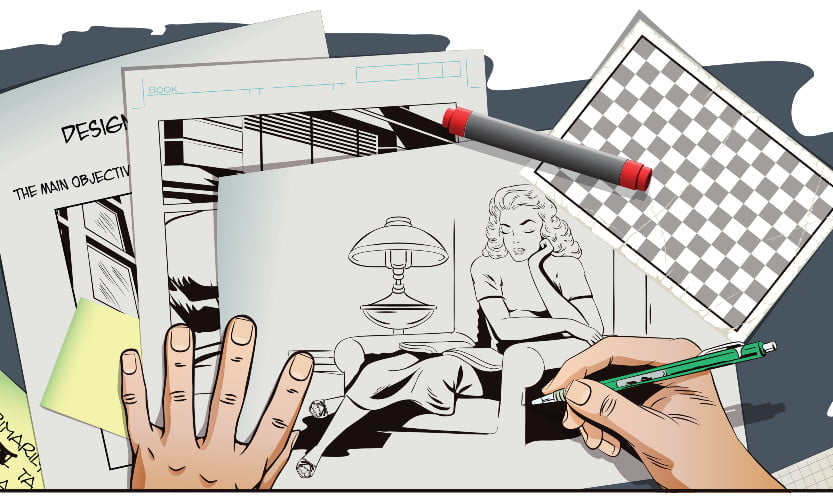
Graphic Novel Examples
To really understand this type of storytelling it’s important to read graphic novels – and lots of them! There are many graphic novels created by masters of the form that must be studied intensely by aspiring graphic novelists. Learn well from these examples, go forth and do likewise.
Here are just a few examples; there are many more not listed:
A Contract with God, by Will Eisner
Considered the first graphic novel, this masterwork from the creator of The Spirit involves poor Jewish residents of a New York City tenement.
The Dark Knight Returns, by Frank Miller and Klaus Janson
The story that birthed the grim-and-gritty era in superhero comics and offered a morally ambiguous, older Batman.
Daredevil: Born Again, by Miller and David Mazzucchelli
The other legendary work written by Miller and the best portrayal of Daredevil before or since.
Maus, by Art Spiegelman
A non-fiction, Pulitzer-prize biography of both the author and his father, a Holocaust survivor. In a twist, the characters are anthropomorphised animals.
A Map to the Sun, by Sloane Leong
A stellar recent graphic novel about the five players of a struggling girls’ basketball team, this work is known for its dazzling pastels.
The Sandman, by Neil Gaiman and various artists
A long-form work by the legendary fantasy writer working with some of the best artists in the business and about the Endless, a family of mythological beings.
Heartstopper, by Alice Oseman
This began as a webcomic, then a million-selling graphic novel series, then a TV show, about young gay love in a British high-school setting.
Ghost World, by Daniel Clowes
Possibly the most 90s story on this list, this story of two best friends and their dysfunctional, co-dependent relationship was turned into a movie.
All-Star Superman, by Grant Morrison and Frank Quitely
Grant Morrison understands Superman more than almost anyone, and that’s never more apparent than in this standalone work featuring an idealised, optimistic version of the character.
Watchmen, by Alan Moore and Dave Gibbons
This famously deconstructionist series takes superheroes apart and puts them back together with a satirical, critical lens.
March, by John Lewis, Andrew Aydin and Nate Powell
Possibly the best autobiographical comic ever written, about the late congressman John Lewis and his struggles for civil rights.
Check, Please!, by Ngozi Ukazu
An extremely endearing and funny story about a Canadian college hockey team and one of its stars, who is in love with another player and is really good at baking.
Chainsaw Man, by Tatsuki Fujimoto
One of many masterful manga, this is a deeply funny, violent and satirical story about a down-on-his luck loser who becomes a great demon fighter after fusing with his dog, complete with built-in chainsaw head.
Tips For Writing A Graphic Novel
When creating your first graphic novel, here are some things to keep in mind.
Study The Experts
Read some of the graphic novels above. Seek out their comic scripts online and study those, too. Try to see the structure behind the comics, including panels per page, the amount and flow of dialogue, and rising and falling action.
Think Visually
Nobody wants to read page after page of talking heads. When characters are talking, put something in their hands, have them pace around the room, show them making coffee at the same time.
Start Small And Go Big
You may have an epic, 12-volume series in your head set in a giant world, but focus on a few characters and a simple narrative told well within that world.
One good example in the film world: Mad Max Fury Road has extremely detailed world building behind it, but the movie revolves around a single chase scene and the characters being chased and doing the chasing. Boil your story down to its essence.
Keep It Real
You may have a childhood dream to write for Marvel or DC, but create graphic novels for their own sake. Write for yourself. Tell stories that are meaningful to you, not as a stepping stone to writing superheroes. Marvel or DC may come calling eventually, or they may not, but that should never be the end goal.
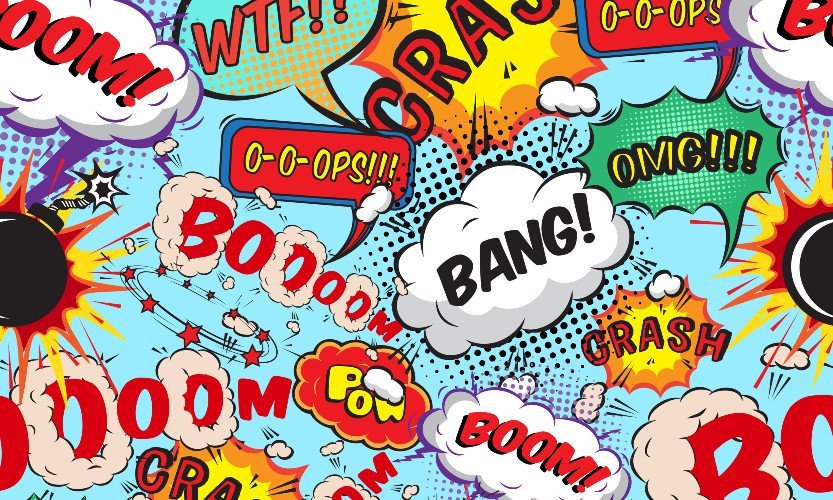
How To Find Inspiration
If you’re struggling to come up with the basic idea for your first graphic novel, carry around a pad of paper and a pen, or make use of the voice memo feature of your mobile. Experience the world around you and ideas will come to you.
Watching a movie in a theatre can trigger a new way to tell a similar story in your head without copying. Even watching a bad movie or reading a terrible novel can be inspiring, as it can spur you to want to make something better and put it out into the world as penance for something so bad daring to exist.
They say that every written work is really about the author, and that’s never more true than graphic novels.
Even when writing a biography of someone else, that graphic novel will still end up being highly personal. Don’t be afraid to put aspects of your own personality into the characters, even if there is no one character that’s exactly you.
Frequently Asked Questions
What Is The Format Of A Graphic Novel?
A graphic novel isn’t a genre but a format. They differ from text novels in that they use sequential artwork to help tell a complete story. Unlike comics and manga, they are normally a single story bound in a book format.
How Long Does It Take To Write A Graphic Novel?
Like any type of book, the writing process and creativity involved in writing a graphic novel can vary from creator to creator. Because it’s a collaborative process, the time to produce a graphic novel – from idea to printed copy – can take anything between one to three years.
How Many Pages Is A Graphic Novel?
Graphic novels tend to be longer than manga and comic books, with stories ranging from anywhere between forty-eight pages all the way to five hundred!
Now It’s Time To Create Your Own Graphic Novel
I hope you’ve been empowered by this article to go out and make a graphic novel of your own. You now know what a graphic novel is, what makes one work and how to go about writing a graphic novel. Plus you now have a reading list of some of the best examples in the business.
So download yourself a script template and turn your ideas into reality. Go and create that graphic novel that you’d always wished existed!
Jericho Writers is a global membership group for writers, providing everything you need to get published. Keep up with our news, membership offers, and updates by signing up to our newsletter. For more writing articles, take a look at our blog page.




